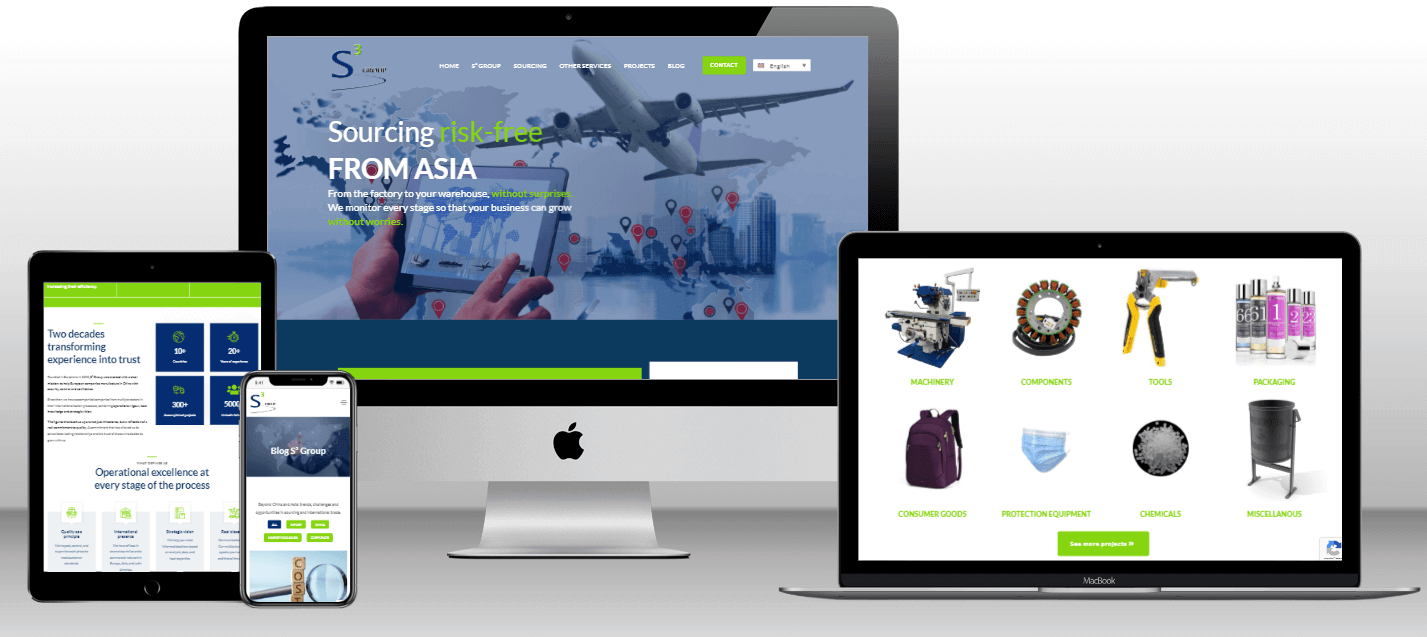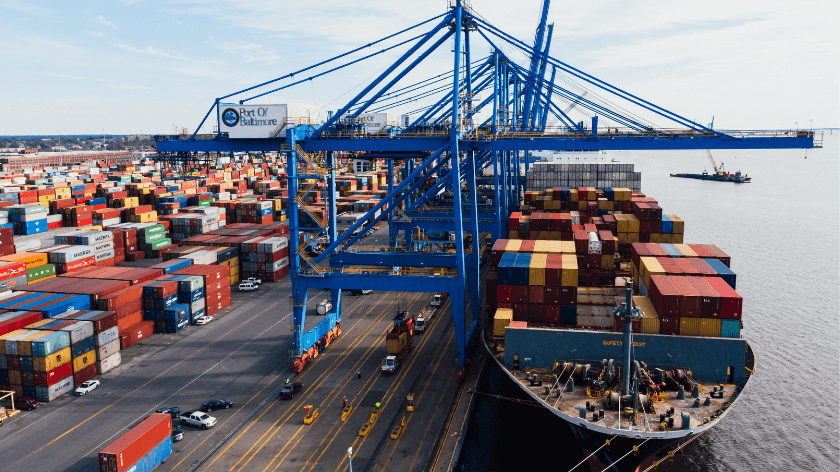Inventory planning in import is one of the most delicate pillars of the supply chain. As we have mentioned on other occasions, poor forecasting can become a burden: stockouts that let sales slip away, excess merchandise that occupies space and consumes capital, or logistical costs that could have been avoided. For companies that work with suppliers in Asia, the challenge is even greater. The long transit times, factory capacity limitations, or port congestion force you to work with precision and anticipation.
Therefore, having a professional inventory management system is not optional. Only with rigorous planning can stock levels be balanced, availability ensured at the right time, and profitability kept under control. With a clear methodology, it is possible to move from improvisation to efficiency.
The Importance of Inventory Control in Imports
Inventory is an asset that can boost or hinder the growth of an importing company. Having it under control means guaranteeing fluidity in the operation, stability in the service, and the ability to respond to demand. Losing sight of the appropriate levels translates into immobilized capital, dissatisfied customers, and financial imbalances.
Direct Impact on Profitability
Inventory not only conditions the operating flow, but also impacts the income statement. An excess implies storage costs and risk of obsolescence; a lack of stock reduces sales and deteriorates customer confidence. Both situations reduce competitiveness and limit growth opportunities.
Coordination with the Supply Chain
In imports, inventory planning requires coordination with suppliers, freight forwarders, and customs. An error in documents or a delay in the factory immediately affects product availability. The more synchronized the chain, the easier it will be to maintain a constant flow.
Competitive Advantage in the Market
Companies that achieve solid inventory control can offer reliable and fast deliveries, while those that fail in this regard lose market share. We are not only talking about internal efficiency: we are talking about image, trust, and credibility with the client.
Challenges in Imports from Asia
Importing from Asia adds a degree of complexity that not all companies are prepared to manage. Maritime transit times usually range between 30 and 45 days, and in many cases, additional delays are added in saturated ports or in customs. This means that an unrealistic forecast can leave the company without product for weeks.
Production Factors and Local Calendar
In countries like China, the holiday calendar, especially the Lunar New Year, paralyzes entire factories for weeks. Not considering these events in the planning causes stock breaks in times of greatest demand.
Logistical and Financial Risks
Sudden increases in maritime freight or regulatory changes can increase operations and alter transit times. Only with calculated inventories and defined safety margins can this impact be absorbed.
Need for a Plan B
Companies that work with alternative routes, flexible agreements, and reliable suppliers are better prepared to react. Without that forecast, every delay becomes a crisis.
Strategies to Optimize Stock
ABC Classification of Inventory
The ABC method is still one of the most effective for assigning priorities. A products concentrate the highest value and need maximum attention; B products maintain an intermediate role and require balance in management; C products are of low rotation and should be monitored to avoid immobilized excess. This classification allows you to dedicate resources intelligently.
Demand Forecasts and Seasonality
Forecasts must be built with historical data and market trends. Analyzing seasonality, promotions, and specific campaigns is essential to avoid running out of product at key moments. An eCommerce that sells seasonal items cannot work with the same forecast as an industrial supply company.
Safety Stock as a Cushion
Defining a safety stock is essential. It does not mean accumulating merchandise without criteria, but calculating a minimum level based on demand, delivery times, and the risks associated with each supplier. This cushion allows you to continue operating even in the face of unforeseen events in production or transit.
Tools and Technology to Improve Management
Specialized Software
Inventory management systems offer real-time control, automatic alerts, and rotation reports. By integrating with logistics and suppliers, they provide a global vision that facilitates decision-making in purchasing management.
RFID and Traceability
RFID technology provides detailed visibility of stock in different locations, reduces errors, and streamlines operations such as picking and distribution. In international chains, this information translates into greater efficiency.
Artificial Intelligence and Data Analysis
AI allows you to detect consumption patterns, predict demand variations, and adjust inventory quickly. Decisions are no longer based on intuition and are supported by accurate projections.
Relationships with Suppliers and Logistical Coordination
Clear Agreements and Defined Deadlines
Defining contracts with return clauses and specific delivery times reduces the margin of uncertainty. Clear rules are the best antidote against surprises.
Communication and Real-Time Tracking
Fluid communication with suppliers and a shipment tracking system allow you to anticipate problems before they become crises. Without visibility, the reaction always comes late.
Collaboration to Improve Efficiency
Companies that work hand in hand with their suppliers find joint solutions when a problem arises. That collaboration makes the difference between managing a delay or suffering a greater loss.
Audits and Key Metrics
Periodic Reviews
Contrasting physical inventory and digital records helps maintain the reliability of the data. Detecting discrepancies in time avoids accumulated errors that affect planning.
Performance Indicators
Stock turnover, obsolescence, and storage cost are metrics that offer a clear view of performance. With them, you can measure, compare, and improve continuously.
Financial Impact
Releasing immobilized capital allows you to reinvest in growth. A tight management of inventory not only reduces costs, but also strengthens the company's financial position.
How Can We Help from S³ Group?
At S³ Group we understand that inventory planning in import defines the success of any international project. That is why we help our clients analyze products, negotiate with factories, calculate logistical costs, and design stock plans that guarantee continuity and profitability.
Do you want to import with less risk and greater control? With the sourcing services of S³ Group we will design a strategy together that becomes your competitive advantage.

















